Some organizations, especially those with a board of directors, may ask themselves: Is EOS really the best option for us? How does it work in an organizational structure with a board? The answer is, it works great!
Let me be clear, EOS is designed to be implemented by a leadership team and not by a board. While board support is helpful, if the board feels like they need to lead or direct the implementation of EOS, something is broken in the organization that needs to be fixed before EOS is implemented. In those scenarios, the conditions don’t exist for EOS to have the impact it is designed for. My advice to implementers facing this situation is simple: run!
Outside of that exception, I work with organizations all the time that need to learn how to balance the expectations of EOS with those of the board. It’s easier than most people expect. If you’re working on integrating EOS in your organization, I’ve got some great tips and exercises for you. You can use these to create greater cohesion and understanding between your leadership team and your board.
Tip #1: Do selected activities with both the board members and leadership team.
No one likes to feel left out, and the purpose of the board is to share knowledge, experience and wisdom. Especially for high-level V/TO activities like establishing your vision and three-year picture, your board should be engaged in that work to ensure alignment and efficiency in your strategic planning. Consider doing this work with your leadership team and the board in a combined session.
Tip #2: Differentiate between the leadership team’s answers and those of board members.
It’s great to have everyone’s opinions and insights, but being able to tell what thoughts belong to which group can add even more clarity to a question, situation or issue. I highly recommend using colored sticky notes when doing exercises as a group. For example, use yellow notes for your leadership team and orange for board members. That way everyone can easily tell who said what and more easily see where the two groups are aligned and where they are not.
Tip #3: Ask board members where they see themselves fitting into the picture.
The best way to figure out what someone wants to do is to ask them. I’ve found, most often, that the board wants the leadership team to really take charge for running the business. The board members themselves want to focus on guiding and supporting the organization’s plan and vision, leaving the executing to the leadership team. Open up the conversation, you may be surprised at what you hear.
Helpful Exercises
With those three tips in mind, putting some exercises into practice is the next step. Here are a couple of exercises I’ve implemented that work great for my board–leadership duo clients. You may not do all of them in one meeting, but start planning to tackle them together. I’ve also created this document to aid your board planning session.
Exercise #1: Make an accountability chart to create clarity.
Accountability charts are my absolute favorite tool for creating clarity and accountability in an organization. It’s a physical document that any team member can reference if they have a question about their responsibilities. Create an accountability chart that outlines the roles and responsibilities of a board member. This gives everyone greater insight into what exactly they need to do and can help mitigate confusion or frustration later.
Exercise #2: Create a three-year picture together.
What do the next three years look like for your organization? This exercise creates clarity for the leadership team about the board’s expectations and allows everyone to align to the same vision. That includes deciding on key metrics, but also the overall vision for what the organization should look like in three years.
The key outcome of this exercise is input to the leadership team on what the top 2-4 priorities are for the board and any issues between the board and the leadership team on vision for the organization. If done effectively, this will also highlight strategic issues that need to be addressed by the board in their own work over the coming year.
Exercise #3: Create a board issues list.
This is a regular practice for continuous improvement I’ve found helpful for my clients. I prepare for every single session by sitting down with the board chair, Visionary and Integrator beforehand. At that sit-down, I tell them, “If there’s anything we don’t cover in today’s meeting, let me know and I’ll add it to the issues list.” That issues list becomes the board’s list of to-dos for the upcoming quarter, which ultimately betters the whole team.
Conclusion
If you’re worried about implementing EOS with your organization’s board, let me ease your fears. I’ve done it plenty of times. Not only is it possible, it’s worked every single time. Yep, every single time!
If you’re ready to start improving your organization by implementing EOS, or if you’ve already started but want to get your board more involved, give me a shout at [email protected]



